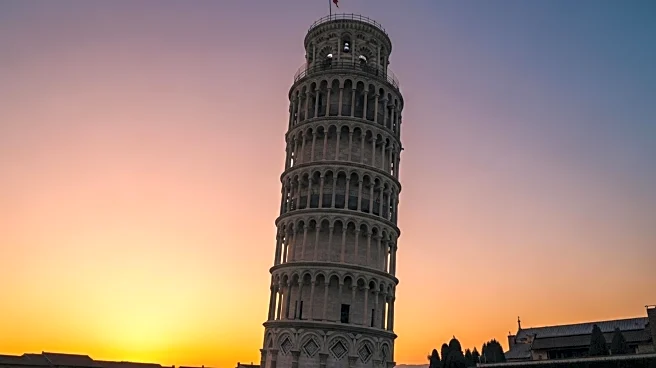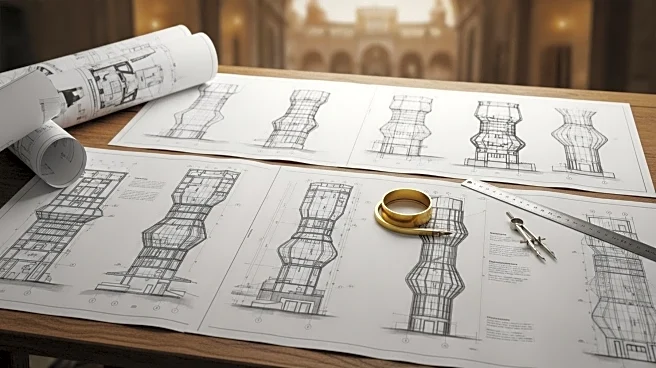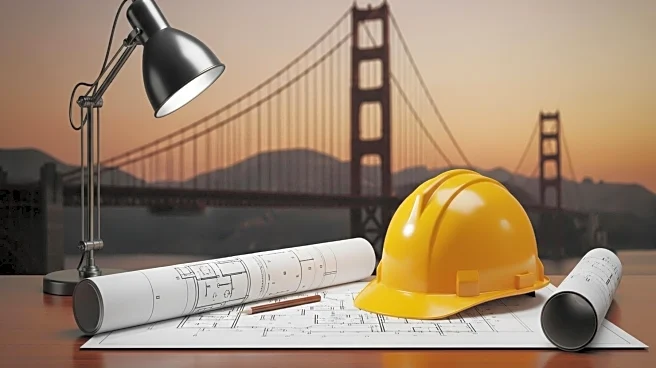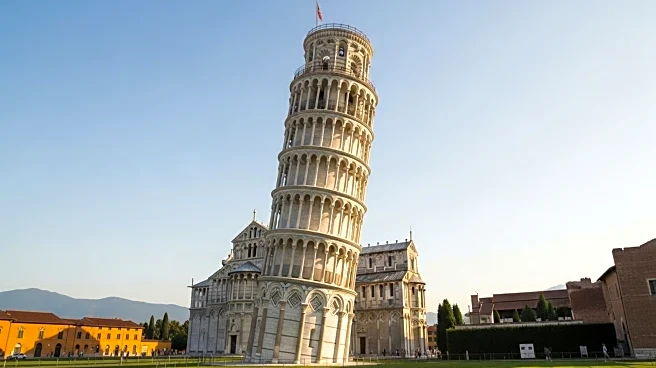The construction of the Leaning Tower of Pisa was a monumental task that required visionary leadership and strategic decision-making. Initiated in the 12th century, the project faced numerous challenges, including the infamous tilt caused by an unstable foundation. Despite these obstacles, the tower was completed in the 14th century, showcasing the leadership and determination of its architects.
Leadership Context
The leadership behind the Leaning Tower of Pisa's construction was marked by ambition and perseverance. The project was overseen by several architects, including Diotisalvi and Bonanno Pisano, who navigated the complexities of medieval engineering. Their vision was to create a bell tower that complemented the grandeur of Pisa Cathedral.
Decisions and Strategies
Strategic decisions were crucial in the tower's construction, particularly in addressing the tilt. Architects employed innovative techniques to stabilize the structure, including the addition of counterweights and adjustments to the design. These strategies ensured the tower's completion despite the challenges posed by its foundation.
Outcomes and Accountability
The successful completion of the Leaning Tower of Pisa is a testament to the accountability and dedication of its architects. Their ability to adapt to unforeseen circumstances and implement effective solutions has left a lasting legacy in architectural history.
Lessons for U.S. Audiences
For U.S. audiences, the leadership behind the Leaning Tower of Pisa offers valuable lessons in resilience and innovation. It underscores the importance of strategic planning and adaptability in overcoming challenges, principles that are applicable in various fields, including engineering and project management.
 Discover Daily • 8 min read
Discover Daily • 8 min read 








